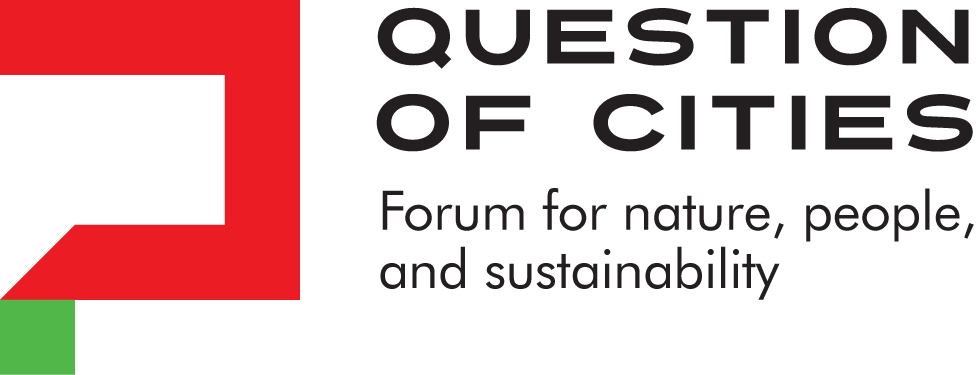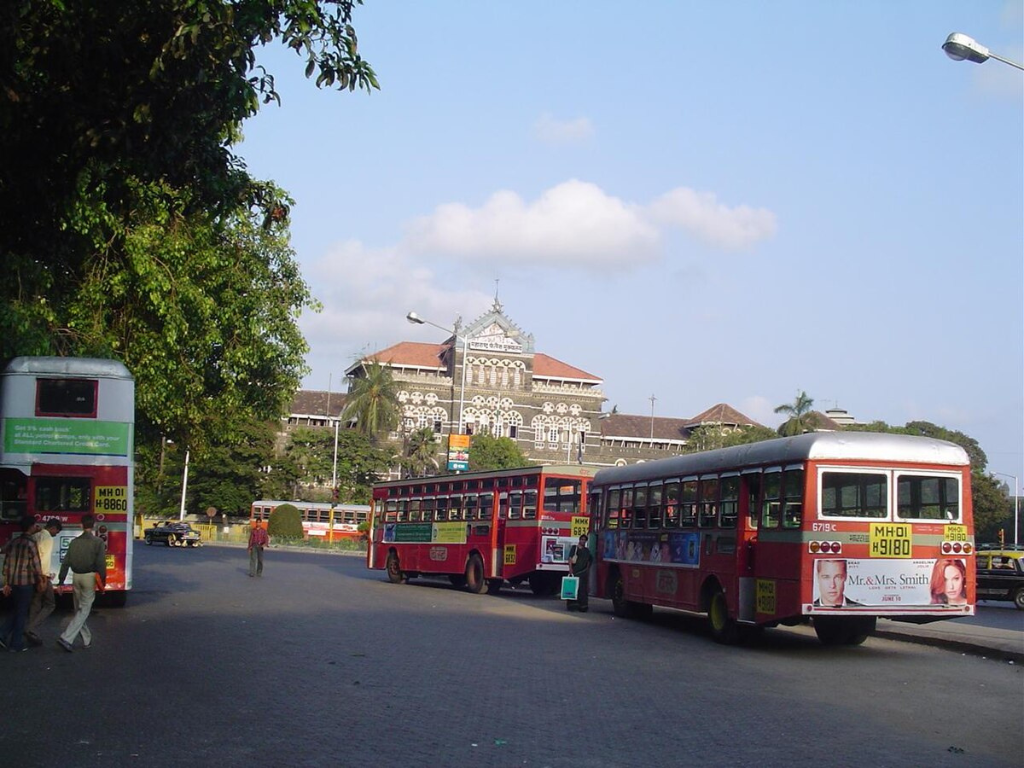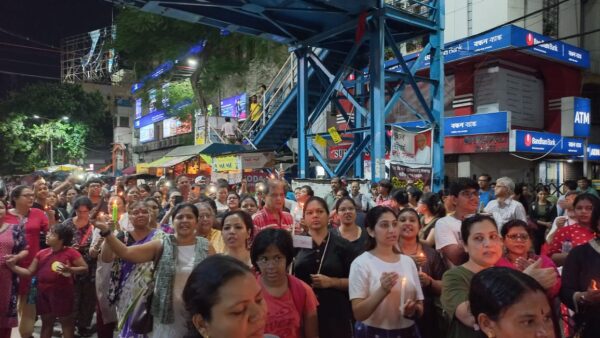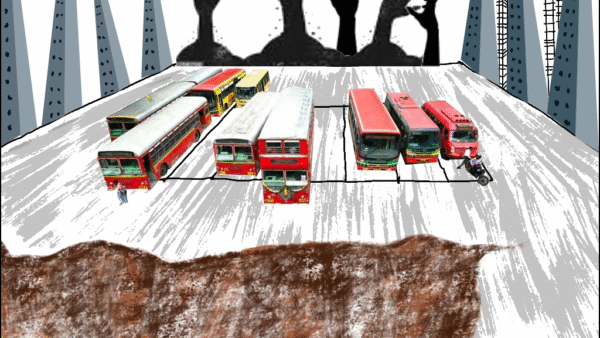For about a decade now, Mumbai’s BEST bus system has slashed its fleet, scrapped routes, contracted private operators to run its once-famous service, and started monetising the land in its bus depots. All these steps to cut its mounting losses which, over the decade, are an accumulated Rs 9,286 crore. Several strikes by its employees, suggestions and appeals from citizens’ groups, and pleas to the Brihanmumbai Municipal Corporation (BMC) which is its parent body seem to have fallen on deaf ears so far.
This July, the BEST celebrates 100 years of its motorised bus service but, rather than gear up to celebrate what the bus system has meant to Mumbai, official efforts seem to further diminish the service. For the 3.3 to 3.5 million commuters who use the BEST buses every day, they are the most reliable and affordable mode of transport; the metro does not even come close. The BEST now has barely a fraction of its once-robust 4,200 fleet.
In this set of interviews, Hussain Indorewala tells us why the BEST and BMC must think beyond “loss” because public transport systems in the world are subsidised; Vidyadhar Date urges changing the transport policy, and unionist Jagnarayan Gupta talks about how the land monetisation so far has not helped the BEST undertaking.
Hussain Indorewala
Academic researcher and activist Hussain Indorewala is a co-convenor of ‘Amchi Mumbai Amchi BEST’, a citizens’ forum for public transport that has been advocating for reliable and affordable public transport in Mumbai. Indorewala teaches at the Kamla Raheja Vidyanidhi Institute of Architecture and Environmental Studies (KRVIA) in Mumbai and is a PhD researcher at the Indian Institute of Technology, Bombay.
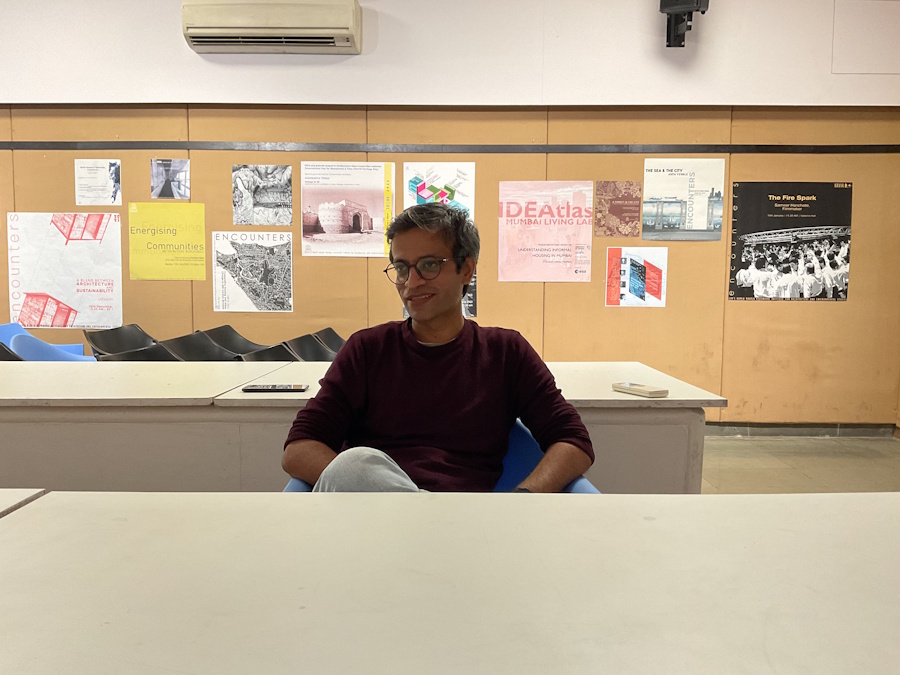
How would you describe the role of BEST in Mumbai?
BEST has always played a historical role in the city. The bus system has been the core transport service and has supplemented or complemented the suburban railway system. It’s important to point out that for a very long time about 70-75 percent of the modal share in Mumbai has been the public transport, mainly trains and buses.
There are bus services outside every railway station in Mumbai. The way it worked was that people had the railways for long-distance travel and, at stations, BEST buses provided the last-mile connectivity and flexibility. The buses supplemented or complemented the railways. But it was not only a feeder service. It was a core transport system with long-distance routes too. You could take a bus from south Mumbai all the way to Andheri or Borivali in the suburbs. Because private vehicle ownership was small, buses were an automatic choice if you were not taking the train.
Over time, especially after the introduction of the metro, buses have been seen as its competition. If you look at the data, for instance in Delhi, much of the ridership comes from people using buses and two-wheelers, not cars although every metro claims to shift people from cars. This is at the root of restructuring of the BEST. The other reason for BEST being restructured has to do its land holdings and the opportunity for redevelopment.
Except the east-west Metro Line 1, other lines are not seeing people but buses are being restructured to become either feeder to the metro or not compete on the same routes. The BEST and metro are priced completely differently. Buses are affordable public transit. The metro is not affordable unless metro rates are slashed to BEST levels which is not going to happen. So, the dismantling of BEST is really an attack on the working people of the city.
Why is BEST being dismantled?
In the post-independence years, BEST was a cross-utility subsidy model of electric supply and transport. Two divisions, but one utility in financial terms. Electricity was a surplus-generating division and transport deficit-generating, but as a cross-subsidy, it worked fine. In 2003, amendments to the Electricity Act allowed private operators in. A few court rulings followed and the cross-subsidy was discontinued. The deficits of BEST, which were always there, began to mount.
In 2014-15, the Brihanmumbai Municipal Corporation and BEST started making a big hue and cry about ‘losses’ but loss is a completely wrong word. It was a deficit. Transport services don’t run on profit. The metro system is not making money. Suburban railways don’t make profits. It’s a subsidised service for the city. Whether Singapore or London, bus services are subsidised.
The ‘losses’ were just a convenient excuse to bring in private operators but Mumbai needs low-cost travel so that people can get to their jobs and workplaces, which is good for the economy.
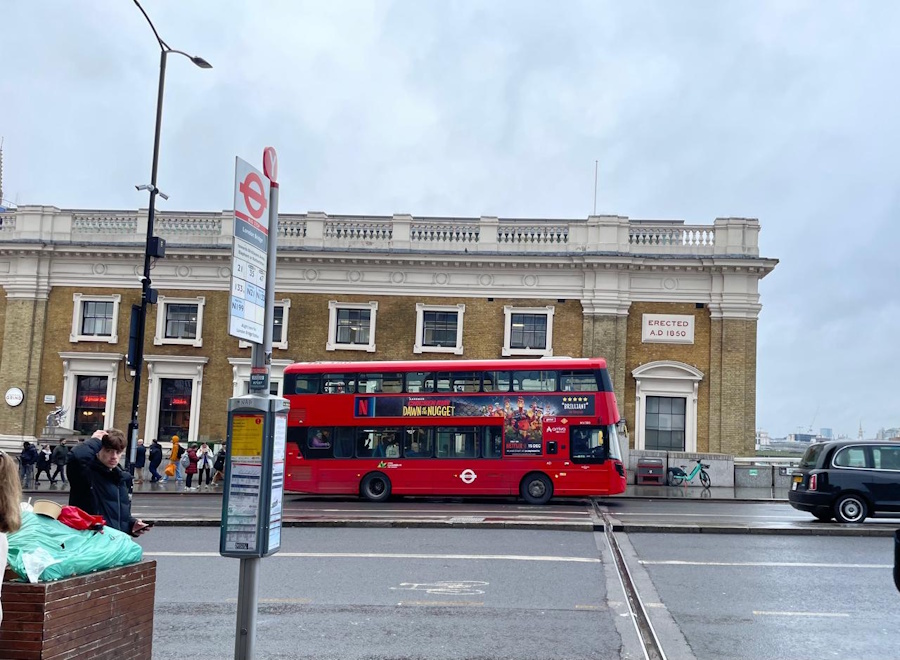
Photo: QoC File
Has this privatisation helped?
Obviously not. We, in the ‘Amchi Mumbai Amchi BEST’ group had said even before it had started that it would not help. There are good reasons. One is that the BEST had a robust public transport service with land holdings, own buses and staff, maintenance protocols including driver training, besides a unionised, fairly-paid and well-rested workforce. To make money, private operators cut costs – in the maintenance of buses, repair and service of buses, in labour costs by paying drivers less than the BEST for longer hours. All this compromises safety and quality. Contractors underbid but once they get the contract renegotiate it to increase their revenue because the BEST is an essential service.
They make money because the BMC gives them assured revenue for every kilometre their buses run which means the BMC or BEST is still paying for public transport. And deficits have not reduced which was the pretext for privatisation. There are more breakdowns, poorly paid staff, and all the other problems. Clearly, privatisation is not the way to go. BEST should be publicly operated like it was earlier.
Can the land monetisation help?
The BEST has a huge amount of real estate, hundreds of hectares. It’s planning to redevelop four depots which are in prime locations. But it is yet to recover money from the builders in depots that it had redeveloped earlier. More fundamentally, why would you sell your assets to generate revenue?
So, what is the way forward?
Three or four things can be done. I am saying this with the assumption that the authorities want to make BEST work — which is a questionable assumption. One is that BEST should buy its own buses and stop all this subcontracting nonsense, have a fleet of about 4,000 to 6,000 publicly owned buses. It doesn’t matter electric, diesel or CNG buses. Even if buses are diesel, they are greener than private automobiles overall. To cut carbon emissions, Mumbai needs to restrict cars.
Then, we need bus lanes on major roads. Buses will move faster which means ridership will go up. If people see buses going faster than their cars or aggregator cabs, they’ll use buses. The basic principle is that public transport should be assessed on its ridership, not profits. It is stupid to think of public transport in terms of loss.
Third, completely reverse plans to redevelop depots. Parking, maintenance, workshops all need land, they cannot be done in the stilts of buildings. If the lands have to be used, then it should be public use; not monetised by private developers. That’s most ridiculous. Fourth is to reinstate many of the longer routes that were discontinued because this will make buses attractive and affordable option.
As for finance, the BMC has to run it like any other public service, say health services or education. The BEST is a municipal responsibility. The merging the BEST budget with the BMC budget will help so that all operating costs appear as civic expenditure.
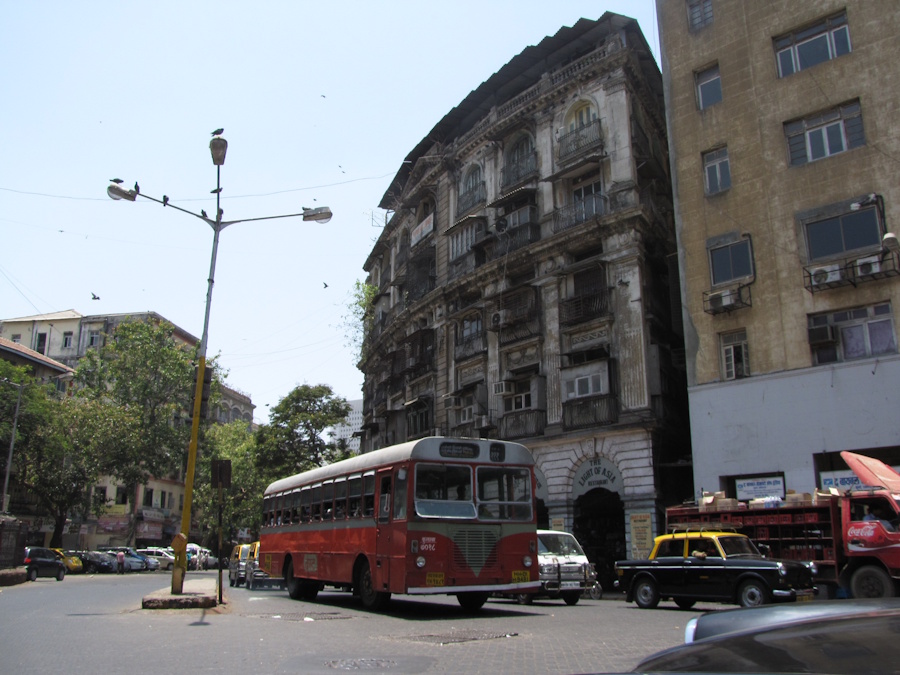
Photo: Wikimedia Commons
‘Buses have to be given priority’
Vidyadhar Date
Veteran journalist and author, Date is also a transport analyst. His book ‘Traffic in the Era of Climate Change: Walking, Cycling, Public Transport, Need Priority’ was released in 2010. He is the convenor of the citizens’ group ‘Amchi Mumbai Amchi BEST’ and has engaged with the issue for years.
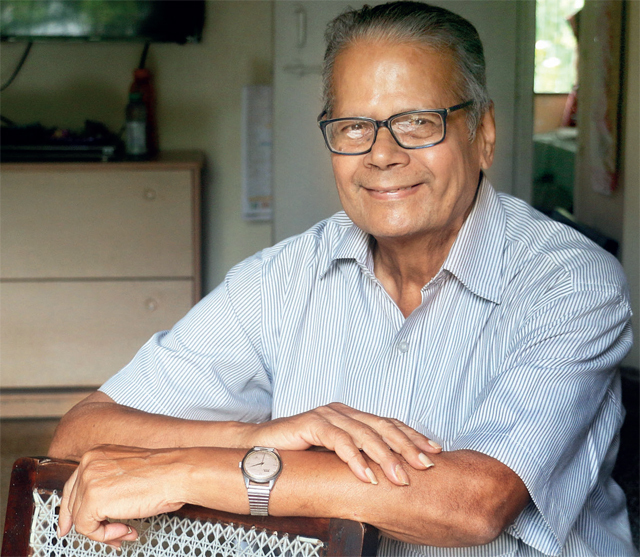
What role did BEST play in Mumbai’s transport network?
It was primarily a pioneering system. In the 1970s, BEST had a general manager named PG Patankar, an engineer and an expert who had provided many facilities. The then Prime Minister of India, Morarji Desai, had called him to Delhi to improve the transport system in that city. This is the legacy of BEST.
We see buses in places like Singapore, Hong Kong and Beijing which highlights that they are the primary mode even in the most advanced countries. Even though we have a metro network, we will need an extensive bus network. Buses have to be given priority.
Why has BEST undertaking reached the pathetic state it has in the last few years?
The priorities are so wrong now. Recently, the transport minister held a meeting with the municipal commissioners of the Mumbai Metropolitan Region and I believe that all that he spoke about was how to improve car parking. The bus system did not even figure in the conversation. This is how importance is given to motor cars, metros. There is a lack of political will.
The Dharavi redevelopment project is taking over the BEST depots there. And this way, the BEST bus network is being destroyed. On the pretext of building a metro, they are damaging BEST service in multiple ways. It is essential to reduce cars so that buses get space and travel faster. Instead, bus routes are being curtailed. So, on the record, they will show that so many trips are made.
The metro may be able to deliver but that will take years. The present performance is poor, considering the enormous money poured into it. Buses are easy to travel, most stops are near your home. Buses require very little infrastructure compared to the metro which has devoured several lakh sqm of urban space.
So, how to revive the BEST, what are some of the suggestions?
Just add more buses to the fleet. That’s all. Also, the transport policy has to be changed. This is very essential.
Will the recent fare hike help BESTto tide over the crunch?
No. Not all can afford the higher bus fare. Even if we pay, it is not going to increase the financial viability because the BEST requires funding on a very large scale. The fare itself can never cover the expenses. So, it has to be subsidised by the government. The government must subsidise travel like in many cities abroad. The bus is a municipal service, a public good.
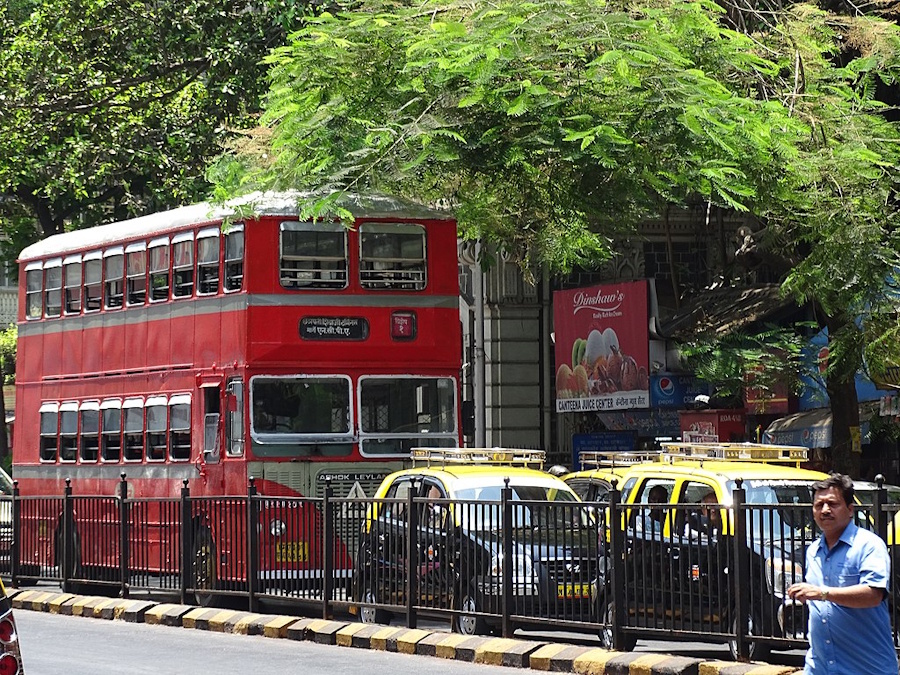
Photo: Wikimedia Commons
‘The BEST cannot be finished off this way’
Jagnarayan Gupta
Once a conductor with BEST, Gupta was removed from service in 1987 and has since been working in the union, BEST Kamgar Sanghatana. He is now the general secretary of the union and contributes to the citizens’ group ‘Amchi Mumbai Amchi BEST’.
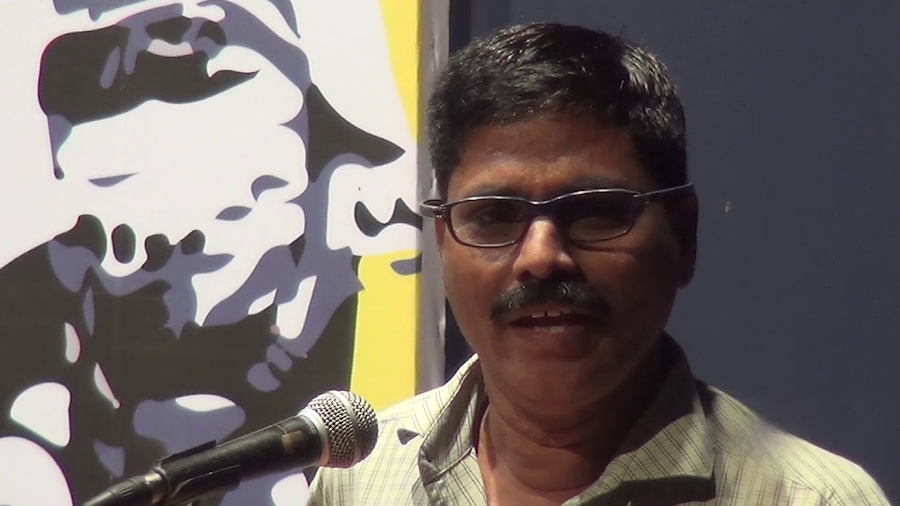
How do you see the downfall of the BEST?
That began when the cross-subsidy from electric division to transport division stopped. Still, the BEST general manager at that time in 2006-07, Uttam Khobragade, took the fleet to 4,700 buses but the situation started worsening after 2007-2008. This is because BEST has not been run like a public transport service. Across the world, public transport does not earn profits, it is always aided by governments. But the BEST is not.
The BEST is a part of the Brihanmumbai Municipal Corporation but, since 2010, it has not got anything from the civic body. In 2013-2014, it gave BEST Rs 1,600-crore loan but imposed 10 percent interest. How can the municipal body give loans to its own organisation and recover with interest? This was a way to bleed the BEST. In 2017, when Ajoy Mehta was the BMC commissioner, he suggested cost cuts. That year, employees called a strike over unpaid salary. Shiv Sena chief Uddhav Thackeray assured them of their salaries and said that the BMC and BEST budgets would be merged but this did not happen.
In 2019, BEST went on a nine-day strike over various demands. It was resolved with an MoU which said, among other things, that as and when buses are scrapped, the BMC will buy new ones with the losses borne by the BMC. But, till now, this has not been implemented. The same year, on the grounds of losses, privatisation was introduced with the wet lease model by hiring buses and operating staff from five firms namely M.P Patil group (275 buses), Daga group (500), Tata Motors Ltd (355) Hansa City bus (275), Mateshwari Urban Transport (400) and Olectra (46).[1] They made it about electric buses but even the BEST could have bought those.
If you look at the budget of 2022-2023, the BEST losses have not ended, the expenditure has not reduced. With this, the BEST should have stopped wet lease but it has not yet done that. Now, it has only around 550-600 buses of its own while the wet lease buses are around 2,200. There’s a shortage of buses, there are more drivers than vehicles. Who’s to be blamed for all this? Our demand is to bring back the 3,337 buses owned by the BEST.
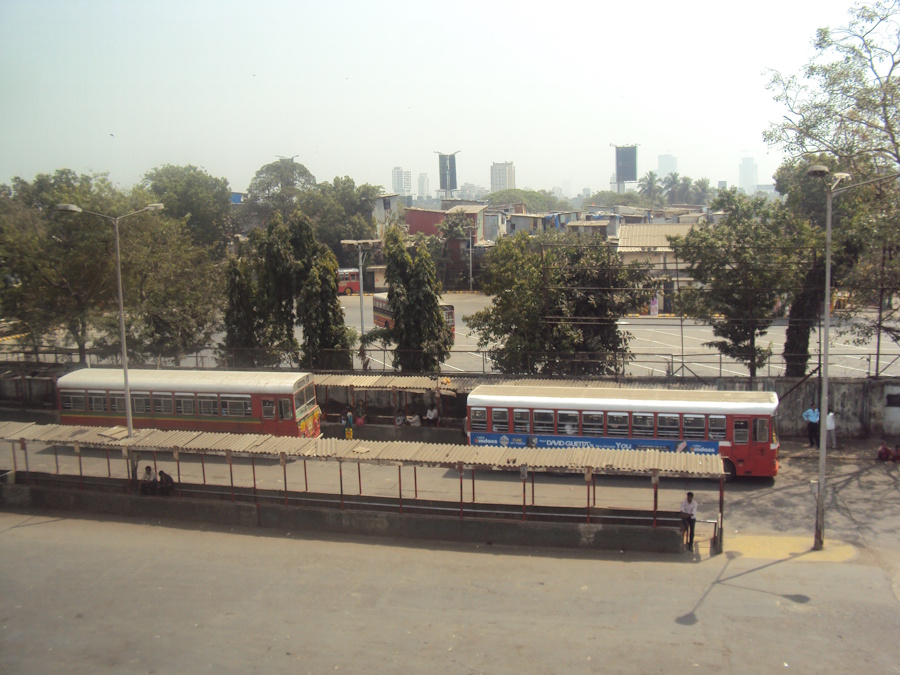
Photo: Wikimedia Commons
Will the depot redevelopment help in resuscitating BEST?
The authorities are aiming at redevelopment of BEST depots. Some are already done. Since 2019, the depots at Yari Road, Seven Bungalows, Kandarpada, Kurla, Mahim and Tardeo have seen redevelopment through private partners. What did the BEST gain from it? The BEST land is gone.
It’s like the textile mills’ land. The mills were at a loss; the owners were allowed to shut them. Some were taken by the National Textile Corporation. But all were eventually allowed to commercially exploit the land which brought no benefit to the city at all. Even the mills that were making profits were redeveloped. Something similar is happening with the BEST. On the pretext of losses, its services have been shut and land redeveloped.
Look at Marol Maroshi depot. It used to be such a big terminus but now there are hardly a few buses there. The reduction in fleet is also a way to show that the depot land has no use. So, this redevelopment is just an eye wash.
So, what are your demands or suggestions?
The BMC should shoulder the responsibility of the BEST and adhere to the laws. If it can waive off toll charges for cars, why isn’t it spending money to keep the city’s public transport going especially when the demand is there? Millions (3.3 million) use it even today, more will use it if services are improved, but the BMC is not looking at any measures to improve services. Instead, it wants to truncate a good public bus system connecting the entire Mumbai and beyond to run feeder routes for metro stations. The BEST cannot be finished off this way.
Cover photo: Wikimedia Commons
